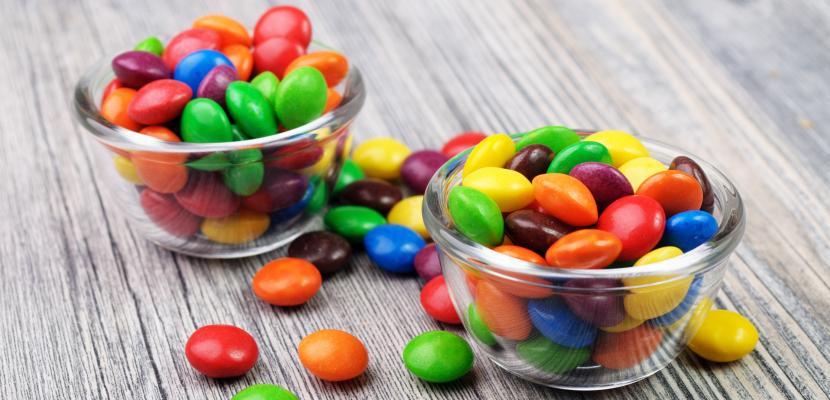
A study by Bond University has found big things can come in small packages, with the diet conscious consuming more from multiple smaller portion packages than larger servings.
The research, conducted by Bond University Bond Business School Adjunct Associate Professor, Dr Stephen Holden and Assistant Professor Dr Natalina Zlatevska, revealed while offering smaller portions of food to people is one way to encourage them to eat less, multiple smaller portion packaging often resulted in the reverse.
Dr Holden said, interestingly, the phenomenon was most notable in the diet conscious, with those who were not diet conscious tending to eat less from the smaller packages.
“A number of food companies have introduced large packs, which are partitioned into multiple smaller ‘snack-size’ or 'bite-sized' packs and predominately targeted at diet conscious consumers,” he said.
“The presumption, of course, is that partitioning a larger portion into smaller portions will encourage consumers to eat less in line with the portion size effect.
“However, we have found partitioning - the provisioning of multiple smaller packs versus one larger pack - leads to a paradoxical effect among the diet-conscious.
“They tend to eat more when offered multiple smaller packs whereas others tend to eat less.”
The study involved 108 university students, including 54 per cent female participants and 46 per cent male, who were presented with a bowl containing either four 50g packages or one 200g package of M&Ms.
Diet conscious participants consumed significantly more from the smaller packaged portions, on average an additional 10 to 30 grams of M&Ms.
Dr Holden said the research challenged speculation that a ballooning in the prevalence of obesity was largely due to the growth in portion sizes of food being offered, supported with evidence that portion sizes have been increasing since the 1970s.
“Correlation does not equal causation,” he said.
“Since the 1970s our lifestyles have become very much more sedentary and the rise in obesity is probably a function of what we eat and our activity levels.
“Nonetheless, controlling portion sizes can at least help.”
Dr Holden said the effect of multi-packs supported other research showing that the way food is presented can unconsciously affect consumption.
He said serving the same amount of food on a smaller plate makes it look bigger and leads people to eat less.
“Glasses that are tall and thin look bigger than small and squat ones, with an equivalent volume, and they encourage people to serve and drink less,” he said.
“And packs of ‘bite-sized’ snacks will help you eat less, but only if you are not diet-conscious.
“If you are diet-conscious and you are going to buy those kinds of snacks, you are better off buying the large, un-partitioned package.”